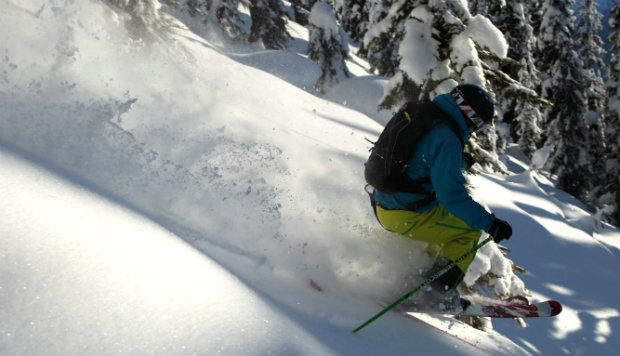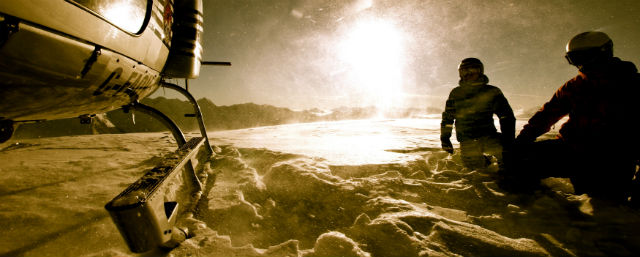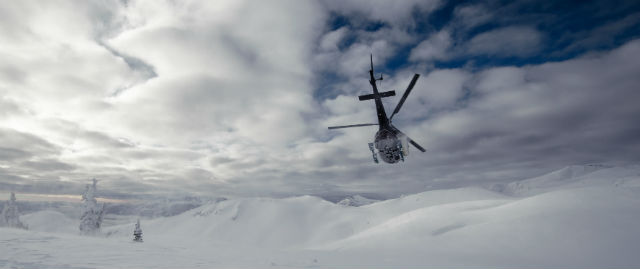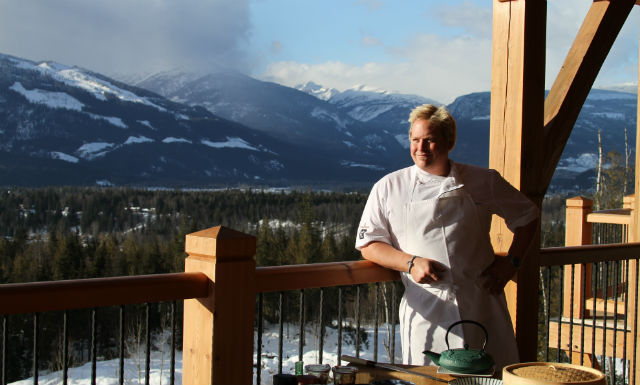
Heli skiing is exhilarating but also requires a degree of physical fitness. What can you do if you haven’t had time to follow a ski fitness programme and you find yourself with sore legs? Here are the team at Bighorn’s five simple steps to aid recovery and reduce muscle stiffness
1) Eat some carbohydrate
Altitude leads to an increased carbohydrate requirement as you have a higher resting metabolic rate. Skiing also uses carbohydrate for fuel in both blood sugar and glycogen in your muscles. After an epic day’s heliskiing snack on ‘good’ carbohydrate like bananas, dried fruit and potatoes. The chef at Bighorn can prepare delicious banana bran muffins, honey nut granola bars and potato blinis with smoked salmon and lemon creme fraiche.
2) Hydrate
Drink lots of water to help flush out toxins and reduce muscle soreness
3) Massage and relaxation
Increases the flow of blood to tissues, which can prevent soreness. Enjoy a special apres-ski sports massage in luxurious Bighorn spa or relax in the huge outdoor hot tub.
4) Stretching
Elongating muscle fibres enhances recovery and reduces stiffness. Prolonged stretching helps muscles to have a fuller range of motion thus reducing the chance of strains. We can arrange personal stretching sessions with a qualified physiotherapist.
5) Active recovery
Gentle aerobic exercise increases the flow of oxygenated blood flow to muscles which aids the removal of lactic acid.
 Heliskiing is perceived as a risky activity, although it actually has some safety advantages over resort skiing given that most ski accidents are caused by collisions on crowded pistes. It should be accepted that there are dangers however, but following a few simple precautions can prevent accidents and ensure the safety of your group.
Heliskiing is perceived as a risky activity, although it actually has some safety advantages over resort skiing given that most ski accidents are caused by collisions on crowded pistes. It should be accepted that there are dangers however, but following a few simple precautions can prevent accidents and ensure the safety of your group.
